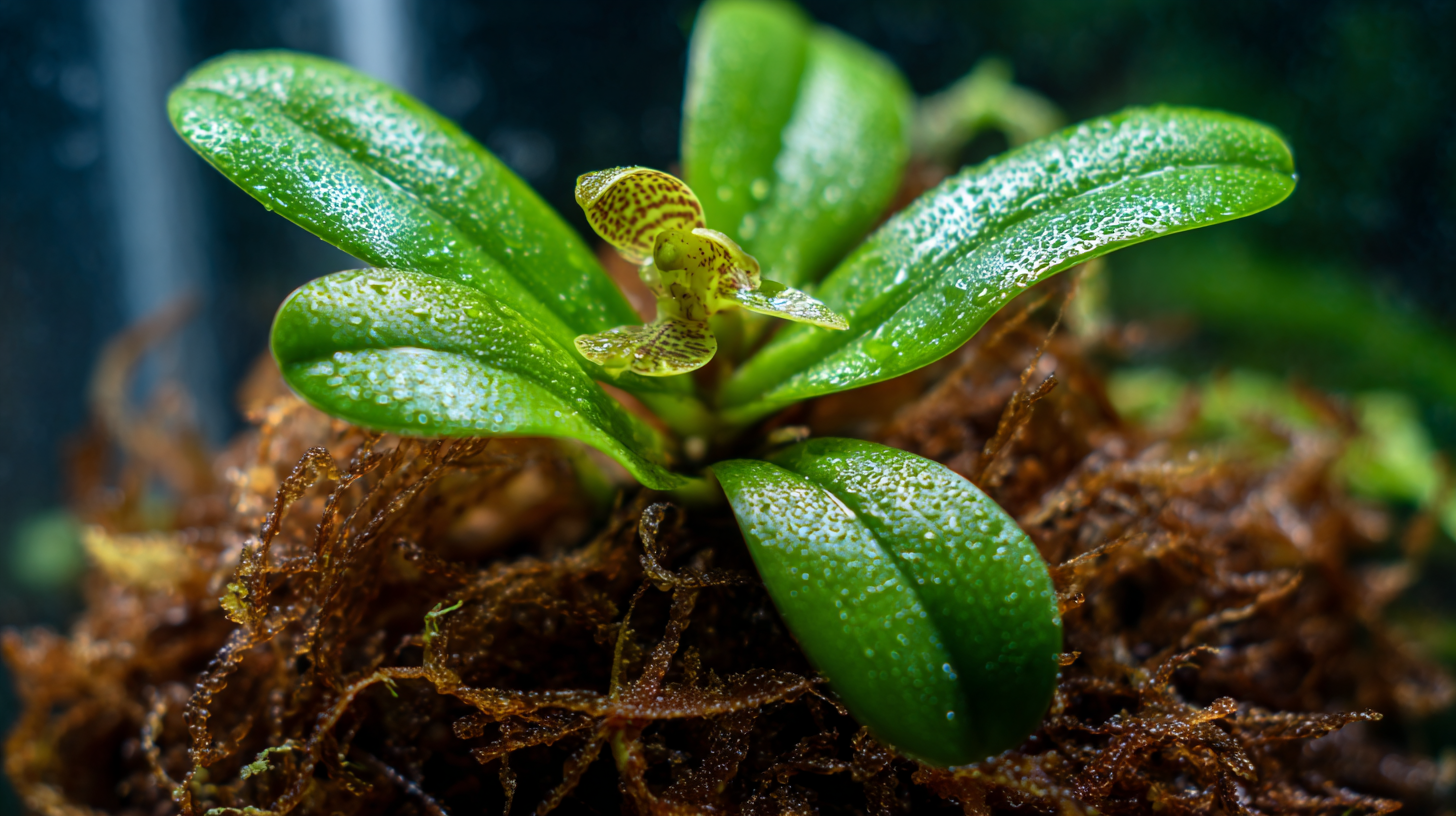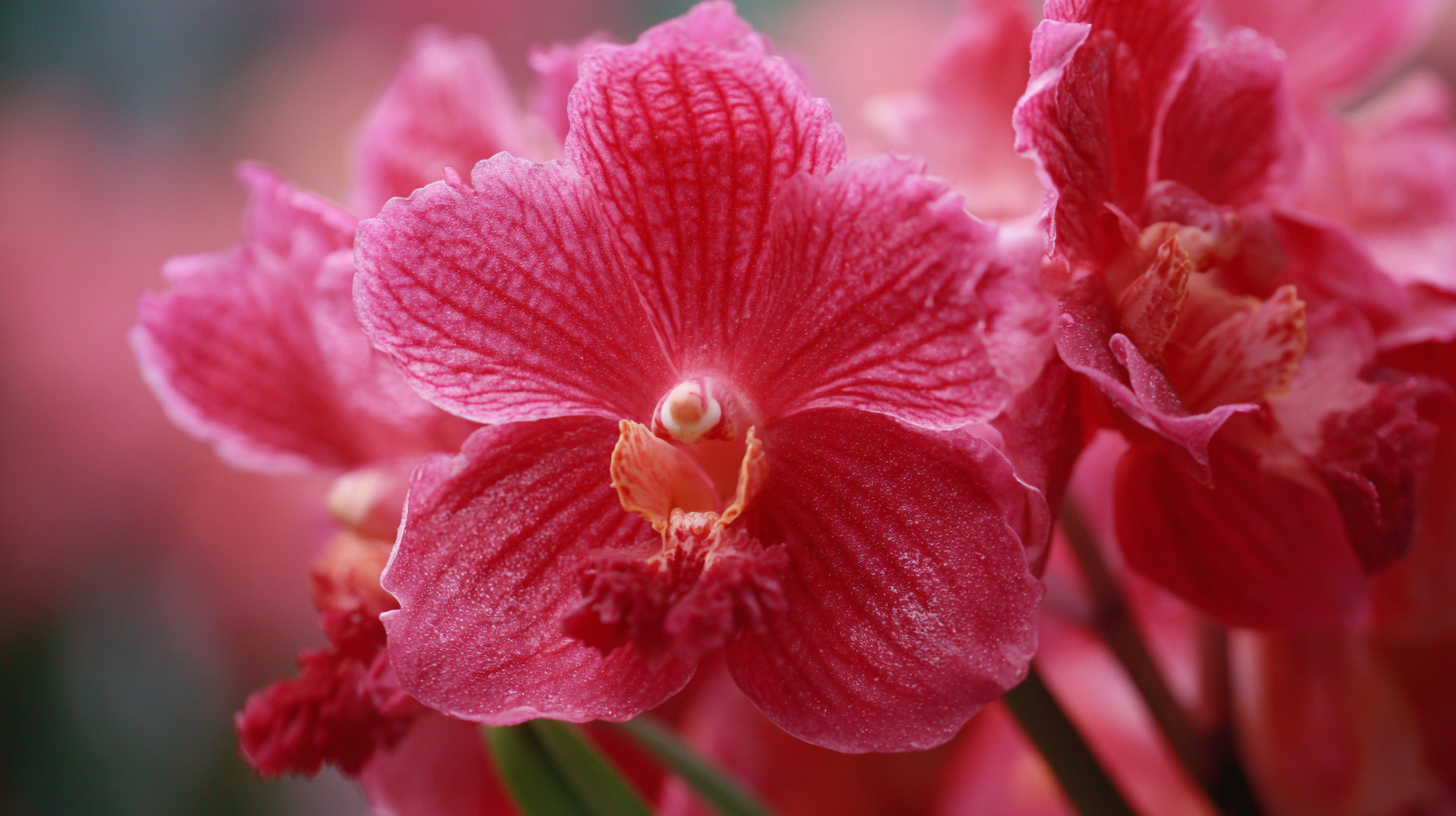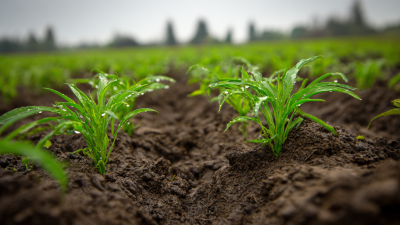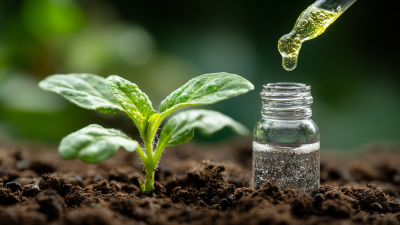The successful cultivation of orchids is heavily dependent on proper nutrition, and utilizing Water Soluble Orchid Fertilizer can significantly enhance growth and flowering. According to a report by the International Society for Horticultural Science, an estimated 80% of orchid growers lose potential blooms due to inadequate nutrition, making the selection of the right fertilizer crucial.

Water Soluble Orchid Fertilizer allows for precise nutrient delivery directly to the roots, promoting optimal growth conditions. Research indicates that orchids fertilized with water-soluble formulations exhibit a 30% increase in blooming frequency compared to those receiving traditional fertilization methods. In this guide, we will explore effective techniques for using Water Soluble Orchid Fertilizer, ensuring that your orchids thrive with vibrant colors and robust health.
Water-soluble fertilizers play a crucial role in optimizing orchid growth by providing essential nutrients in a readily available form. Orchids require specific macronutrients such as nitrogen (N), phosphorus (P), and potassium (K), along with vital micronutrients like magnesium, calcium, and iron. Research indicates that orchids thrive best with a balanced N-P-K ratio of 30-10-10 during the growth phase, which promotes lush foliage and strong roots. This balance supports the robust photosynthetic activity that is essential for overall plant vigor.
Tip: Mix a diluted solution of water-soluble fertilizer every two weeks during the growing season to ensure that your orchids receive consistent nutrients without the risk of burning their delicate roots. Monitor your orchids closely; if you notice any leaf yellowing, it may be a sign of nutrient deficiency, prompting an adjustment in your fertilization regimen.
Additionally, the timing and frequency of fertilization significantly impact orchid health. A study by the American Orchid Society suggests that applying nutrients in the early morning not only enhances absorption but also allows the plant to utilize nutrients effectively throughout the day.
Tip: Always flush the growing medium with plain water once a month to prevent nutrient buildup, which can lead to salt toxicity in orchids. By incorporating these effective water-soluble fertilizer techniques, you can significantly elevate the growth and flowering potential of your orchids.
When it comes to growing orchids, selecting the right water-soluble fertilizer is crucial for optimizing growth and blooming potential. Different orchid species have unique nutritional needs; for instance, Phalaenopsis orchids thrive on a balanced fertilizer with an NPK ratio of 30-10-10 during the growing season, according to the American Orchid Society. In contrast, Cattleyas may require a more nitrogen-rich formulation, especially during their active growth phase, which peaks in spring and summer.
Moreover, it’s essential to consider the specific growth stage of the orchid. A study conducted by the International Society for Horticultural Science reveals that seedlings benefit from higher phosphorus concentrations, promoting root development and overall vigor. Conversely, mature orchids often respond better to fertilizers with increased potassium content, which enhances flower quality and longevity. By tailoring your watering and feeding regimen based on specific orchid species and their development stages, you can significantly elevate the health and beauty of your orchids.

When it comes to fertilizing orchids, understanding proper dilution ratios is crucial for optimal growth. A recent study by the American Orchid Society highlights that using a balanced water-soluble orchid fertilizer at a dilution rate of 1/4 strength every two weeks can significantly enhance blooming and foliage health. This approach allows nutrients to be delivered in a form that orchids can readily absorb without the risk of over-fertilization, which can lead to root burn and other growth issues.
In addition to adjusting dilution ratios, it's essential to consider the specific needs of different orchid species. For instance, a report from the Royal Horticultural Society recommends a higher concentration or frequency of fertilization for heavy feeders like Cattleya orchids, which thrive on more nutrients during their active growth period. Conversely, lighter feeders such as Phalaenopsis orchids may benefit from a more diluted solution once a month. Tailoring your fertilization regimen based on your orchid's species will not only promote vigorous growth but also contribute to more vibrant blooms.

Timing is crucial when it comes to applying water-soluble orchid fertilizers. Orchids, being epiphytes, have specific growth phases that dictate when they can best absorb nutrients. During the active growth period, typically in spring and summer, it's essential to fertilize your orchids every 2-4 weeks. This frequency supports their robust growth by providing the necessary nutrients for root and leaf development. Observing your orchids closely during this time can help determine when they need a boost; if the leaves look dull or growth has slowed, it may be time to apply fertilizer.
Conversely, during the dormant phases in fall and winter, the watering needs and nutrient absorption of orchids decrease significantly. Over-fertilizing during this time can lead to salt buildup in the soil, which can harm the roots. It’s advisable to reduce the frequency of applications to once a month or even halt them altogether until the growth cycles recommence. By understanding and adhering to these timing strategies, orchid enthusiasts can foster stronger, healthier plants that thrive throughout the seasons.
When using water soluble orchid fertilizers, it’s crucial to avoid common mistakes that can hinder your plants' growth. One prevalent error is over-fertilizing. Many orchid enthusiasts mistakenly believe that more fertilizer translates to better results. In reality, too much fertilizer can lead to salt build-up in the potting medium, ultimately harming the roots and causing nutrient burn. It's essential to follow the recommended dilution rates and frequency specified on the fertilizer package, ensuring that your orchids receive the appropriate nutrient levels without the risk of damage.
Another mistake to be mindful of is neglecting the watering schedule. Orchids thrive in well-drained mediums, and applying fertilizer without adequate watering can prevent the nutrients from reaching the roots effectively. Always water your orchids before applying the fertilizer to avoid any concentration of salts, which can create adverse effects on plant health. Additionally, ensure that you are using the right type of fertilizer for your specific orchid species, as different types may have varying nutrient needs. Keeping these practices in mind can significantly enhance the growth and vibrant health of your orchids.
| Technique | Common Mistakes | Recommended Frequency | Signs of Over-Fertilization |
|---|---|---|---|
| Use diluted solutions | Using concentrated solution | Every 2 weeks during growing season | Burned leaf tips |
| Choose right NPK ratio | Ignoring plant growth stage | Once a month in winter | Yellowing leaves |
| Flush system regularly | Neglecting to remove excess salts | Every 4-6 weeks | Stunted growth |
| Adjust water quality | Using hard tap water | As needed based on water quality | Leaf discoloration |
| Observe environmental factors | Ignoring temperature and humidity | Regular monitoring as environmental conditions change | Leaf drop |






